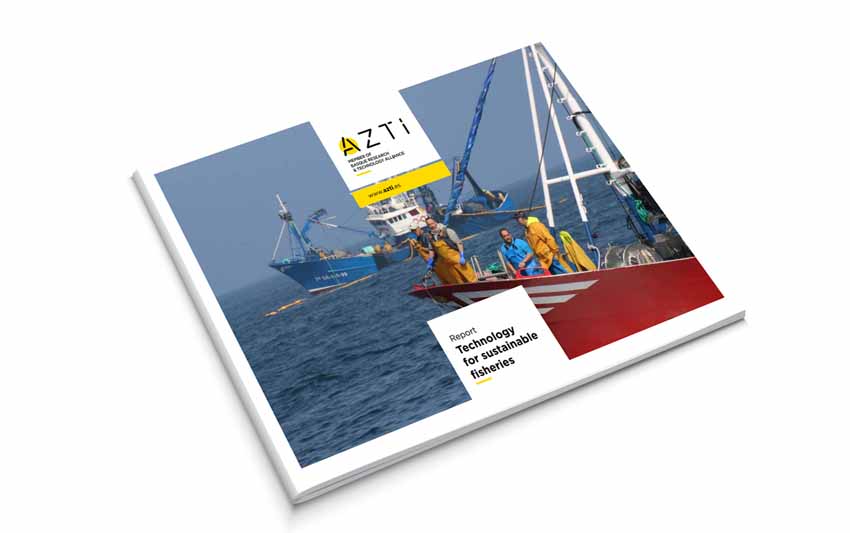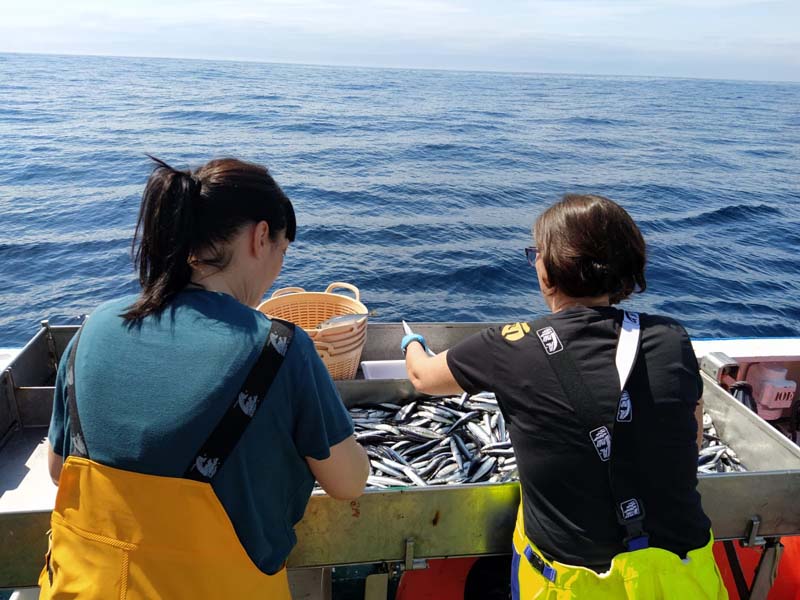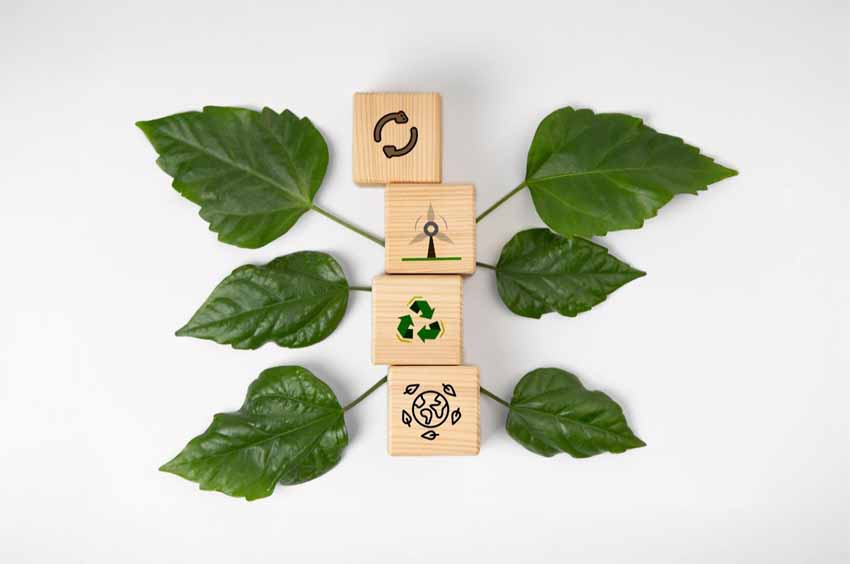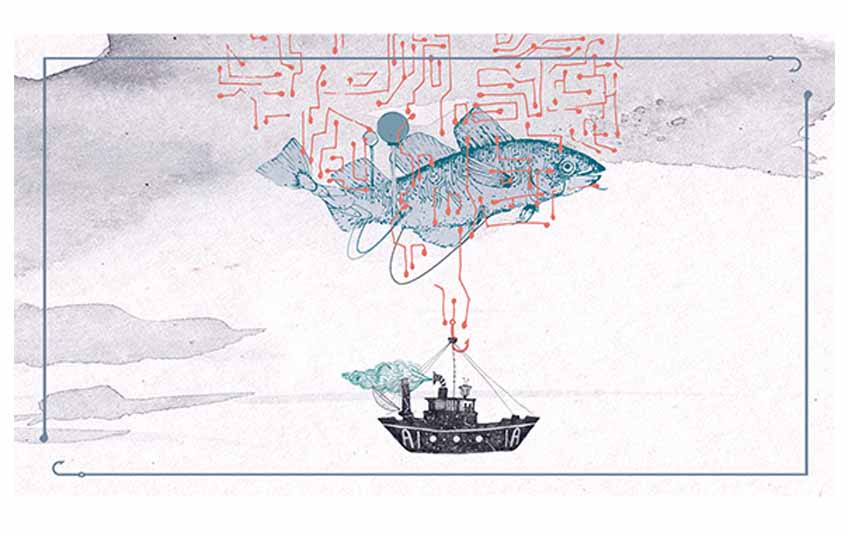The JUVENA campaign puts this year’s stock of juvenile anchovy at 208,000 tonnes
Últimas noticias
Digital Transformation of the Fishing Fleet: AZTI Explores the Future of the Industry with AI and Sustainable Solutions
The replica of the San Juan will set sail on a scientific mission thanks to an agreement between Albaola and AZTI.
Artomaña Txakoli Achieves the Best Enviroscore Category (A), as a Result of Its Environmental Commitment
- The estimate for biomass in 2021 is slightly below the average of the historical series of the study, which is conducted every year by the AZTI technology centre.
- The data obtained guarantee an average recruitment for the 2022 fishing season.
- The Basque Government, promoter of this initiative, values positively the data that reinforces the good health that the juvenile anchovy enjoys on our coasts.
- With funding from the Basque Government and the Ministry of Agriculture, Fisheries and Food, the nineteenth edition of JUVENA has also been supported by the Spanish Institute of Oceanography (IEO).
Pasaia, on 29 November 2021.- The current population of juvenile anchovy in the Bay of Biscay stands at 208,000 tonnes, according to data from the JUVENA study conducted every year by the AZTI technology centre. The figure guarantees the average recruitment of this species for the 2022 fishing season, despite being slightly below the average of the historical series.
The data obtained this year are also below the results of 2020, when the biomass analysed reached 230,000 tonnes.
“This year’s biomass estimate is of medium abundance. It is slightly below the average of the historical series, and the results obtained predict a medium level of recruitment for next year”, explains Guillermo Boyra, AZTI researcher and head of the oceanographic campaign.
The JUVENA campaign, carried out by AZTI since 2003, allows conclusions to be drawn to establish the limits of anchovy fishing management for the following year, based on the measurement of the biomass of juvenile anchovy inhabiting the Bay of Biscay.
The nineteenth edition of this study, funded by the Basque Government, the Ministry of Agriculture, Fisheries and Food and the Spanish Institute of Oceanography (IEO), was carried out between August and September on board the oceanographic vessels Emma Bardán and Ángeles Alvariño. The research covered a total of 37,500 square nautical miles.
As part of the study, AZTI researchers have also observed changes in the geographical distribution of juvenile anchovies and in their size.
“This year, the juveniles covered a large area of the bay, reaching as far north as the French shelf. Their spatial distribution was possibly influenced by the presence of a surface layer of plankton, called zikiña by Basque fishermen, which this year we have been able to identify as consisting mainly of small salps. Given the enormous extension that the zikiña occupied this year throughout the Bay of Biscay, we believe that it could have affected the distribution of the anchovy, which seems to actively avoid the zikiña areas. In addition, there has been a downward trend in size over the last decade. Compared to 10.6 cm in 2004, or 8.3 cm in 2010, in 2021 the average is 5.3 cm and last year it was 6.1″, adds the AZTI expert.
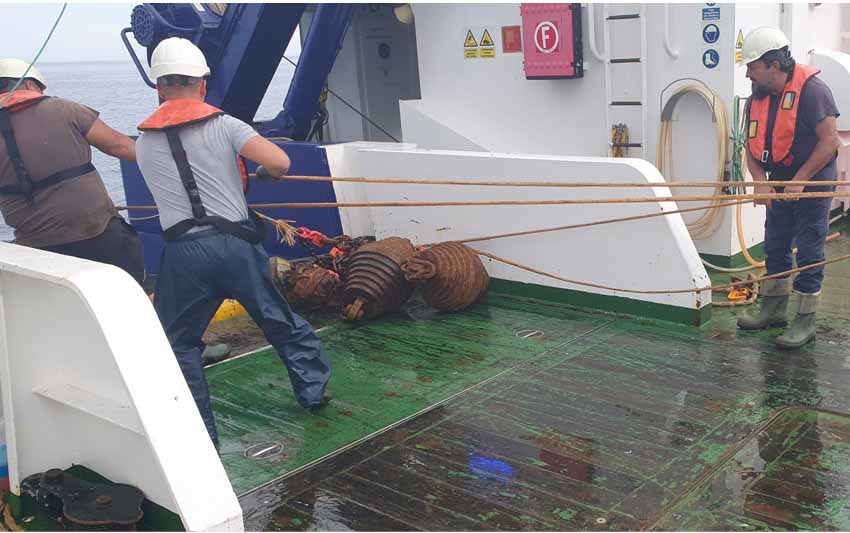
Ecosystem measurement
The JUVENA campaign has an ecosystem profile. In addition to anchovy biomass and the rest of the small pelagic species community, researchers measure other variables such as the hydrographic context (temperature, salinity, etc.) or plankton. These parameters allow for a holistic assessment and ensure compliance with the Marine Strategy Framework Directive and the Common Fisheries Policy.
“Analysing these complementary data helps us to better understand the determining factors associated with the survival and reproduction of juvenile anchovy and thus ensure recruitment and sustainable fisheries management of the species,” Boyra said.
The JUVENA 2021 campaign has also included an observer programme that has recorded the distribution and abundance of anchovy predators (seabirds, marine mammals and large pelagic species), as well as human activities (such as marine litter or the presence of boats).
Regarding marine debris was detected in similar abundances to those observed in the last three years. The main marine debris were plastic trashes, which were regularly found in southern waters, although biggest aggregations were found in northern French shelf.
The results of JUVENA allow recommendations to be made to the fishing authorities, taking into account the current anchovy exploitation regulations, drawn up by scientific staff from AZTI, the IEO, IFREMER and the European Commission body STECF.
